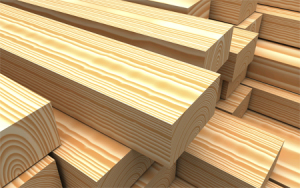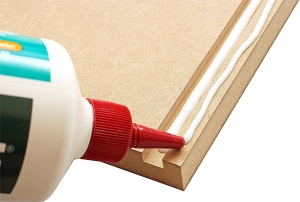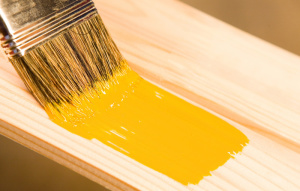Woodworking Hazards- Common Issues & Preventions
Wood is the most commonly used material for arts, crafts, jewelry, woodworking, framing, joining, sawing, sanding & painting. Here are a few safety considerations to consider before embarking on your next project.
Hardwoods – used mainly for sculptures and furniture making.
1. Direct contact from sap found in most green wood can cause skin allergies & irritations.
2. Long term dust exposure can cause conjunctivitis, hay fever, asthma and other respiratory diseases.
3. Some hardwoods contain toxic chemicals that can cause headaches, nausea and irregular heartbeat.
Softwoods- common in furniture making.
1. Dust exposure may cause respiratory inflammation.
2. Some individuals can develop allergic reactions involving skin irritations.
Plywood and Composition Board–
1. Formaldehyde is toxic by ingestion and skin contact.
2. Machining, sanding or heating can cause formaldehyde to become airborne.
Wood Treatments & Preservatives–
1. Certain chemicals are highly toxic and can be absorbed through the skin causing organ damage.
2. Inhalation may cause digestive problems as well as kidney and blood damage.
Gluing Wood–
1. Epoxy glues are toxic and should not come into contact with skin, eyes or inhalation.
2. Cyanoacrylate glues can glue skin and other materials together requiring surgical separation.
3. Formaldehyde-resin glues are carcinogens.
4. Adhesives are extremely flammable and cause nerve damage when inhaled.
5. Water based glue is slightly toxic when ingested or inhaled.
Paint Striping–
1. Toxic when inhaled or makes contact with the skin.
2. The solvents used are highly flammable.
3. Caustic soda used is highly corrosive to human skin and eyes.
Painting & Finishing–
1. Mixing paint from dry pigment can lead to possible inhalation.
2. Solvent based paints are flammable.
3. Water based paint does contain some solvents but is of minimal risk.
4. Shellac usually contains ethyl alcohol which is slightly toxic but lacquers are made up of toluene & hexane.
5. Paints, waxes & polyurethane coatings based on mineral spirits are combustible.
6. Oil soaked rags and paper towels are a spontaneous combustion hazard.
Preventive measures should always be used to maintain your safety. Wear the proper safety gear as in safety glasses, hearing protection and face shield/mask. Also, know the tools and machines your are working with. Make sure to read manuals and follow recommendations on tool care and RPM’s. Make sure all blades, bits and drills are sharp and in good working condition. Do not use a tool or attachment on a machine for which it is not designed. Always clamp stock securely when sanding, grinding or drilling. If possible, use an exhaust ventilation system to remove sawdust and chips from your machines. Work in a clean well-ventilated area and research the wood and/or chemicals you will be working with. Avoid distractions!
Leave a Reply











